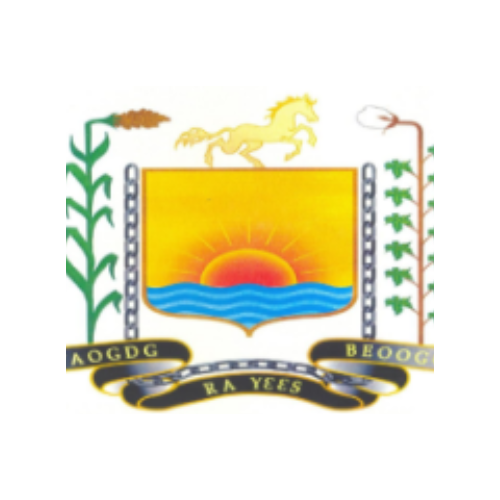Ouagadougou
Learn more about Ouagadougou's food system below
City overview
Ouagadougou, Burkina Faso’s capital and largest city, with a population of approximately 4 million, grapples with food and nutrition insecurity that mirrors the national situation. Recurrent climatic challenges and volatile food prices intensify vulnerability, particularly in rural areas. Although the government of Burkina Faso has had a national policy for food and nutritional security since 2013, the municipality of Ouagadougou does not have a food plan to implement this policy. To tackle urban management and food-related challenges while promoting economic growth, the city government initiated an integrated project for the green belt around the city. Several hectares of land have been developed, with more ongoing, while there is an initiative to supply women with agricultural equipment. With support from AfriFOODlinks, the city aims to promote urban agriculture, develop modern socio-economic infrastructures, implement a territorial food plan, and enhance capacities across the food value chain.


Ouagadougou's food system ambitions as part of AfriFOODlinks
• Promote urban agriculture (activities to enhance the green belt)
• Strengthen the capacities of actors involved in food systems (production, processing, marketing)
• Promote the development of modern socioeconomic infrastructures for enhancing food systems (markets, industrial processing and conservation units)
• Carry out a territorial food plan in order to supervise all interventions on food systems.
Programmes in place
• The city government initiated an integrated project for the green belt around the city, which serves as an ecological lung and agricultural resource.
• The municipality has taken initiatives to equip dozens of women with production equipment (motor pumps, production tools, etc.).
• Numerous projects are underway to develop nearly 150 hectares of land.
Challenges
• Market Management: The issue of the commercialisation of food products is at the centre of municipal policy.
• School Feeding Programme challenges: Concerns regarding food availability in schools, and in most cases, the meals served are not nutritious and diversified.
• Urban Agriculture and Land Use: The availability of land is a major issue due to urban sprawl.
Achievements
• Multi-stakeholder governance: Most of the city’s food system players (civil society organisations, NGOs, decentralised technical services, and private operators) know and talk to each other.
• Malnutrition and childhood stunting: The city has one of the country’s lowest malnutrition rates, not only because it is the capital city but also because of its role as an economic hub and crossroads.
• Climate change and extreme weather events: Producers consistently implement strategies to mitigate frequent dry spells caused by climate change. These initiatives include constructing small wells for water retention, employing organic manure to enrich the soil, adopting drip irrigation to conserve water, and more.
"In the context of insecurity that we are targeting, we are receiving internally displaced people from the four corners of the world, and the question of feeding them in sufficient quality and quantity really arises." - Maurice Konate, President of the Ouagadougou Special Delegation, August 2023
Status of food and nutrition security
- Access to healthy and nutritious food, especially for children
- Strong informal sector
- Multi-functional centres that improve food security and provide community resilience Improved circular economies
